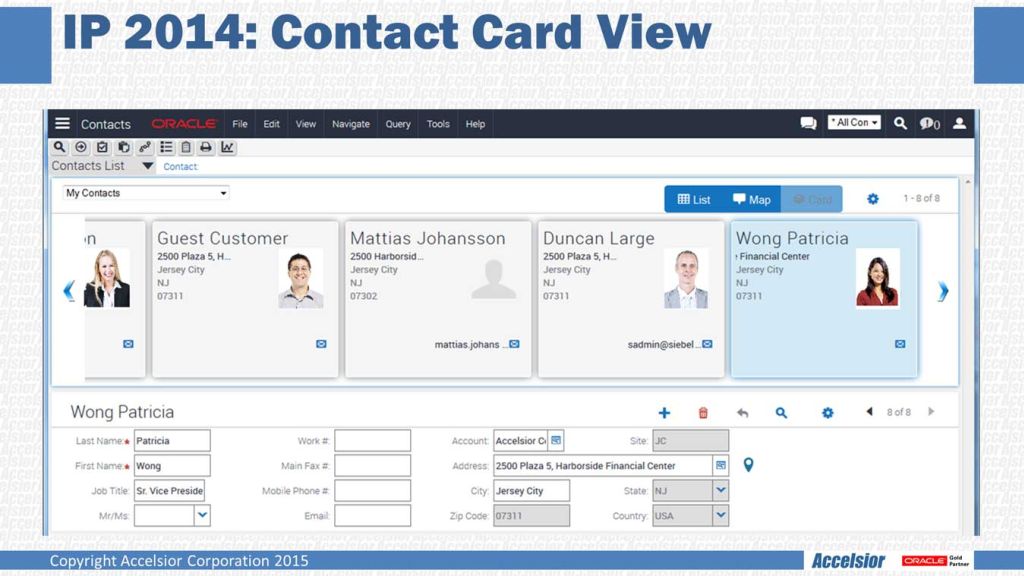

- SIEBEL OPEN UI BROWSER INDEPENDENT HOW TO
- SIEBEL OPEN UI BROWSER INDEPENDENT ARCHIVE
- SIEBEL OPEN UI BROWSER INDEPENDENT CODE
The example code invokes several functions implemented in the siebelhub.js file, such as AlignViewToTop or MakeAppletCollapsible.Īgain, feel encouraged to download the siebelhub.js documentation and spend some time with this educational library. let’s call a few cool siebelhub methods:

The following code snippet shows the beginning of the siebelhub.js postload event listener. In continuation of our quick introduction of the siebelhub.js library, we can inspect the sample postload event listener that comes with it to see how library functions are invoked. Once the custom library is loaded, any function therein can be used from any other JavaScript code, including custom postload event listeners, presentation models, physical renderers or plug-in wrappers. Clicking that icon opens the dialog visible in the screenshot. Once the siebelhub.js library is loaded, a square icon is displayed in the lower right corner of the application. The following screenshot shows the Siebel Call Center application with the siebelhub.js library loaded. Registering the File with the ManifestĪs with any custom JavaScript file that needs to be available at all times, we must register it in the Open UI Manifest.Īfter adding the file reference in the Manifest Files view, we proceed to the Manifest Administration view and register the file with a custom copy of the platform independent entry.Īs usual, we have to log off and on again to complete the Manifest registration.
SIEBEL OPEN UI BROWSER INDEPENDENT HOW TO
If you want to explore the full functionality of siebelhub.js, refer to the documentation links which include installation notes and which explain how to add the server side business service for the data retrieval example into your repository. In addition, extract the siebelhub.css file and copy its content to a custom style sheet of your choice.

SIEBEL OPEN UI BROWSER INDEPENDENT ARCHIVE
If you want to explore the siebelhub.js library, you can download the full archive from and extract the siebelhub.js file from the archive into the siebel/custom folder. We would typically start with an empty file and save it to the siebel/custom folder as usual, using a meaningful name such as utilities.js. In the following sections, we will describe each step in detail, using siebelhub.js as an example. The following list outlines the steps needed to create a custom utility library in Siebel Open UI. You can find the source code and links to documentation on. This library is called siebelhub.js and has been published by the Siebel Hub team. In the following case study, we will use a public Open UI library that has been created for educational purposes to convey the steps to create a custom utility library. Using such utility libraries is established and highly recommended practice and we should revert to this technique in Siebel Open UI development as well. Every seasoned programmer can relate to the need to keep a library of often-used functions.


 0 kommentar(er)
0 kommentar(er)
